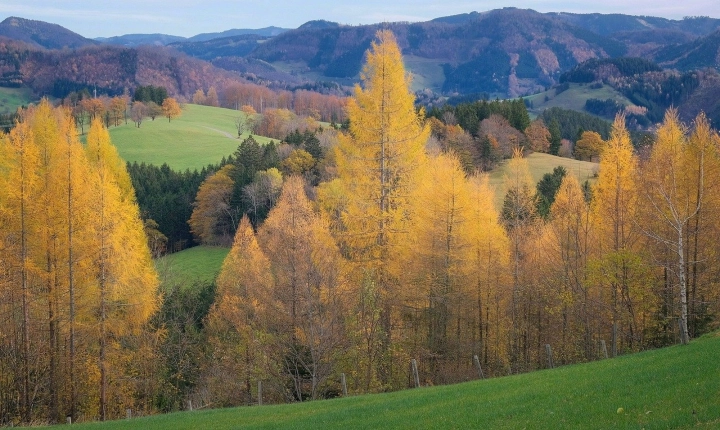Title: How to Write AI Image Prompts: A Guide for Creativity and Innovation
Artificial Intelligence (AI) is revolutionizing many aspects of our lives, including creative endeavors such as generating images and prompts for artistic expression. Writing AI image prompts can be a powerful tool for sparking creativity and innovation, enabling artists and creators to explore new ideas and push the boundaries of visual art. In this article, we will explore how to effectively write AI image prompts and harness the potential of this technology to inspire and enhance creative expression.
Understand the Medium
Before diving into writing AI image prompts, it’s important to have a good understanding of the medium and the capabilities of the AI model you are using. Different AI platforms and models have unique strengths and limitations, so familiarize yourself with the specific features and functionalities of the AI tool you are working with. This will help you leverage the AI’s capabilities effectively and craft prompts that align with its abilities.
Define the Objective
When writing AI image prompts, it’s essential to define a clear objective or theme for the images you wish to generate. Whether it’s a specific mood, concept, or visual style, having a well-defined objective will guide the AI in producing relevant and cohesive imagery. Consider the emotions or messages you want to convey through the images, and use this as a basis for creating prompts that steer the AI in the desired direction.
Craft Engaging Prompts
The key to writing effective AI image prompts lies in crafting engaging and evocative descriptions that prompt the AI to create compelling visuals. Instead of providing overly specific instructions, focus on phrasing the prompts in a way that encourages the AI to exercise its creative capabilities. Use vivid and descriptive language to convey the essence of what you want to see in the images, leaving room for the AI to interpret and generate its own unique interpretations.
Example: Instead of instructing the AI to “generate a picture of a red car on a sunny road,” consider a prompt like “paint a scene of freedom and adventure, with a vibrant red vehicle cruising along a sun-drenched highway.” This prompts the AI to tap into the underlying emotions and themes, resulting in more imaginative and inspired imagery.
Experiment and Iterate
Writing AI image prompts is an iterative process, and it’s essential to experiment with different approaches and variations to refine the prompts for optimal results. Try different combinations of words, adjust the tone and style of the prompts, and analyze the output generated by the AI to understand how it interprets and responds to your prompts. By constantly refining and iterating your prompts based on the AI’s output, you can fine-tune your approach and achieve increasingly impactful and visually stunning results.
Embrace Serendipity
One of the most exciting aspects of writing AI image prompts is the element of serendipity – the surprise and delight of discovering unexpected and inspiring images that the AI generates. While it’s important to guide the AI with well-crafted prompts, don’t be afraid to embrace the unpredictable nature of AI creativity. Allow room for serendipitous discoveries, and be open to the possibility of the AI producing images that surpass your initial expectations, offering new perspectives and fresh ideas for artistic exploration.
In conclusion, the process of writing AI image prompts is a balance between guidance and creative freedom, leveraging the AI’s capabilities while allowing for serendipitous innovation. By understanding the medium, defining clear objectives, crafting engaging prompts, and embracing an iterative approach, creators can harness the power of AI to inspire new avenues of visual expression and artistic exploration. With a thoughtful and strategic approach to writing AI image prompts, artists and creators can unlock a world of limitless creative possibilities and push the boundaries of visual storytelling and artistic innovation.
